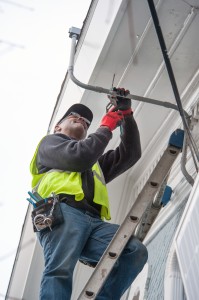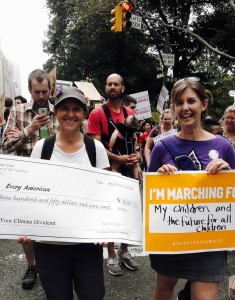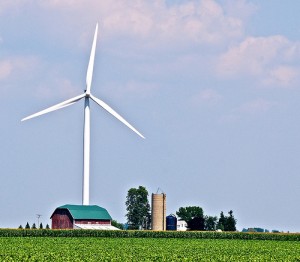MEC’s House Energy testimony: 5 takeaways
Spring temperatures aren’t all that’s heating up in Lansing. With Michigan’s 2008 clean energy laws set to plateau at the end of the year, policymakers are debating a handful of competing proposals for what our state’s energy future should look like. (We say “plateau” and not “expire” because, if lawmakers took no action, utilities would have an ongoing requirement to meet the existing standards.)
Gov. Snyder’s plan calls for as much as 19 percent renewable energy by 2025, along with a significant increase in energy efficiency and a shift away from coal and toward more natural gas. The Democrats have proposed generating 20 percent of Michigan’s electricity from renewable sources by 2022 and doubling the state’s annual energy savings from 1 to 2 percent.
Today the House Energy Policy Committee held a hearing on another package introduced by Rep. Aric Nesbitt, the committee’s Republican chair. The bills propose a number of actions that would turn back the clock on the economic development, cost savings and carbon reductions Michigan has achieved since 2008. For instance, they would repeal the energy efficiency standard and reclassify hazardous waste materials like scrap tires and railroad ties as “renewable” fuels.
MEC Policy Director James Clift and Energy Program Director Sarah Mullkoff testified at length during today’s hearing, making the case that Michigan needs a comprehensive energy plan that controls costs, maintains electric reliability, minimizes risks to ratepayers like you and me, promotes economic development in Michigan and protects natural resources. (You can view their presentation here.)
Here are five highlights from their testimony:
Households bear the brunt of energy costs. Electricity rates in Michigan have been increasing for years across sectors, but recently those costs have been shifted from large industrial users onto the backs of residential ratepayers. In fact, our residential rates are the highest in the region and among the highest in the country. If the Michigan Public Service Commission grants utilities permission to collect the rate increases they’re now seeking, our residential rates would increase an additional 15 percent over the next three years. On top of that, Michigan taxpayers are subsidizing a fleet of old, inefficient coal plants whose performance is well below the industry average. Read more














